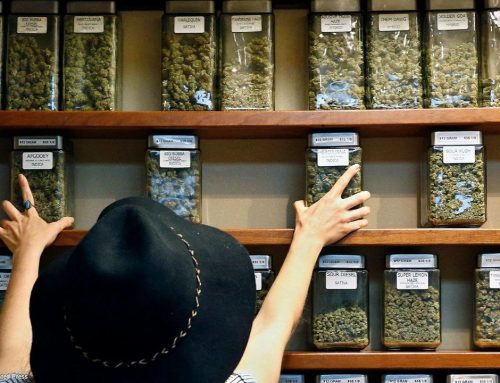Canada Marks Five Years of Cannabis Legalization: A Look Back and Ahead
LOS ANGELES- October 17 marks a momentous occasion for Canada, as it celebrates the fifth anniversary of cannabis legalization, a pioneering move for an industrialized nation and one that has seen cannabis contributing roughly 0.5% to the nation’s total economy.
The Path to Legalization
It was the Cannabis Act (C-45) that sowed the seeds of this change back in 2018. Through this Act, the production, possession, distribution, sale, and other aspects related to cannabis for adult recreational use were not just made legal, but also stringently regulated. The Act’s underlying objectives were clear: shield the youth from cannabis exposure, divert revenues from illicit markets, and ensure public health and safety by granting adults access to a legally controlled supply.
Regulation and Oversight
The regulatory framework is a synergized effort between Canada’s federal and provincial governments. While provinces are entrusted with the regulation of cannabis sales and distribution within their boundaries, they also have the autonomy to institute additional controls, such as regulations on personal cultivation, public use limitations, or changes to the legal age limit.
Evolution of Product Offerings
While the first year post-legalization saw a restricted product catalog, including primarily dried and fresh cannabis, oil, plants, and seeds, the Canadian cannabis market has since evolved. From October 17, 2019, Canada witnessed an explosion in product variety, with the inclusion of cannabis extracts, edibles, and topicals.
The retail landscape too has witnessed a remarkable transformation. A somewhat sluggish start, especially in provinces like Ontario, quickly turned around. From less than 200 retail outlets in 2018, the number swelled nearly eightfold by the end of 2020, doubling further by mid-2022. Current data from 2023 suggests a market stabilization, with certain metro areas experiencing saturation. This spike between 2018 and 2022 set the stage for a consolidation phase in the cannabis sector.
Economic Impact
The economic ramifications of cannabis legalization are undeniable. Before 2018, estimations surrounding cannabis-based economic activities were primarily speculative. But post-legalization, cannabis has carved out a substantial niche in Canada’s economic tapestry.
Significantly, by the first half of 2023, legal channels accounted for over 70% of all cannabis consumption, a stark contrast from the mere 22% recorded in the last quarter of 2018. The projection suggests an uptrend, contingent on a stable pricing scenario and continual improvements in product diversity and quality in this competitive market.
As Canada observes this five-year milestone, it stands as a testament to the nation’s progressive stance, the adaptability of its markets, and the potential blueprint for other nations contemplating similar paths.



































